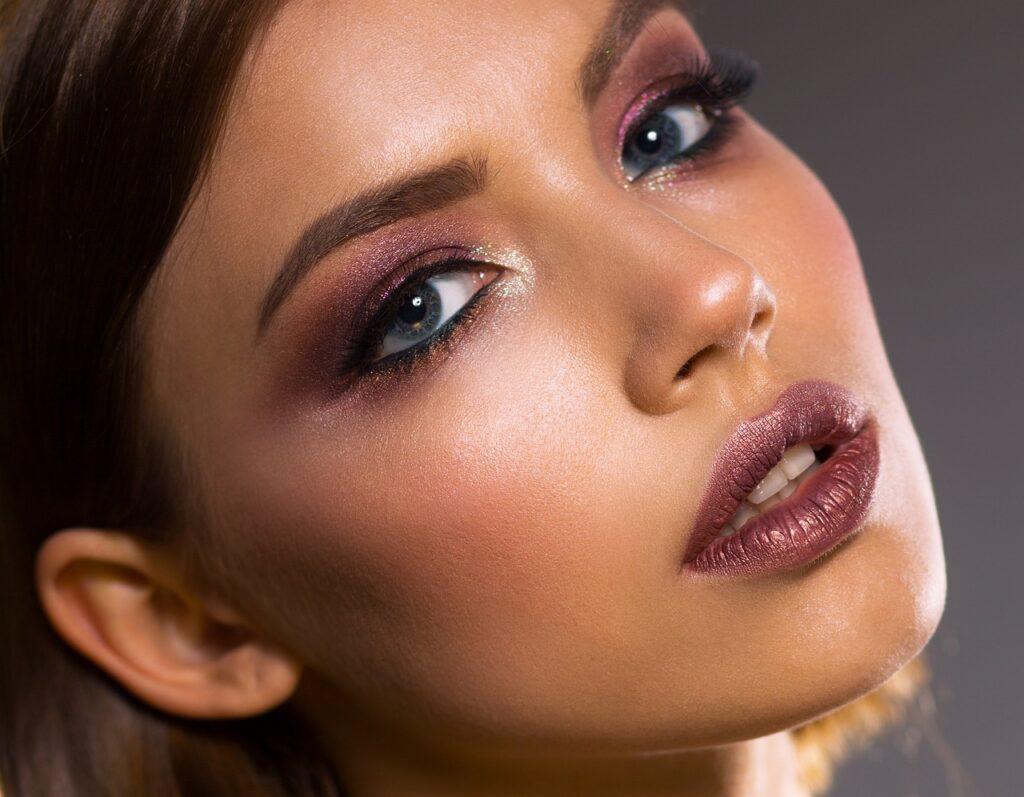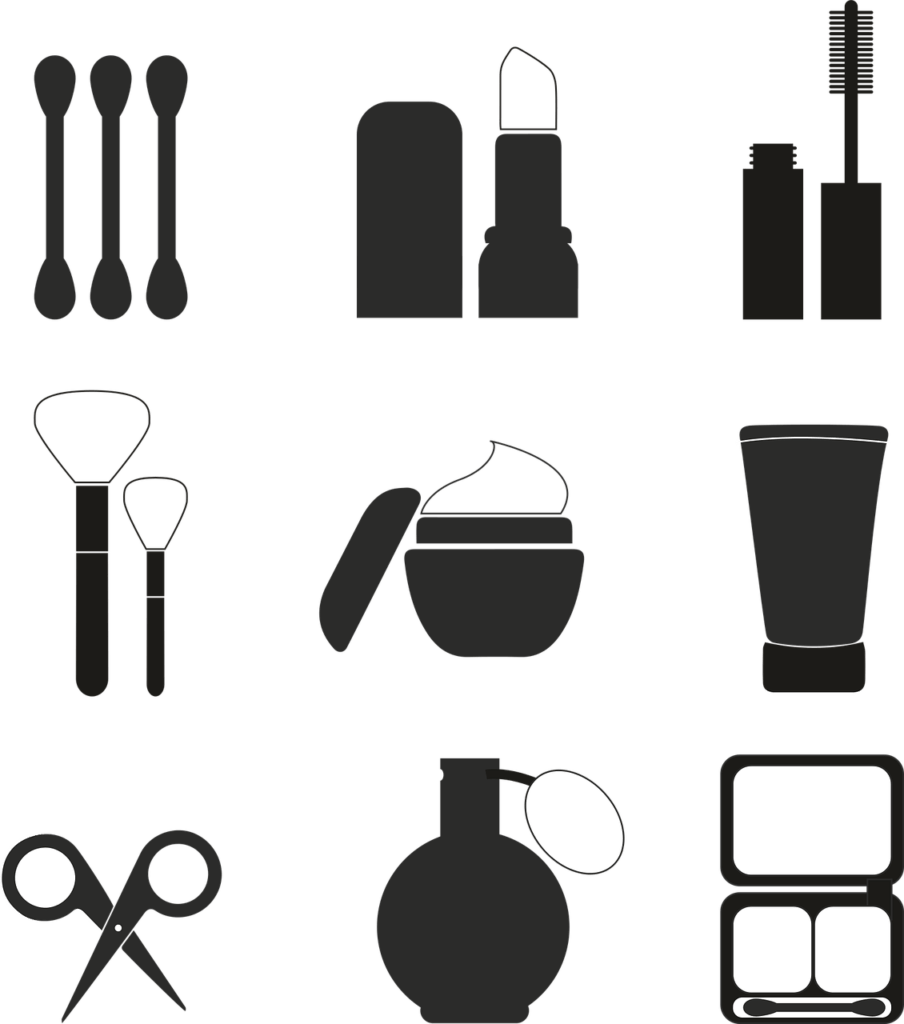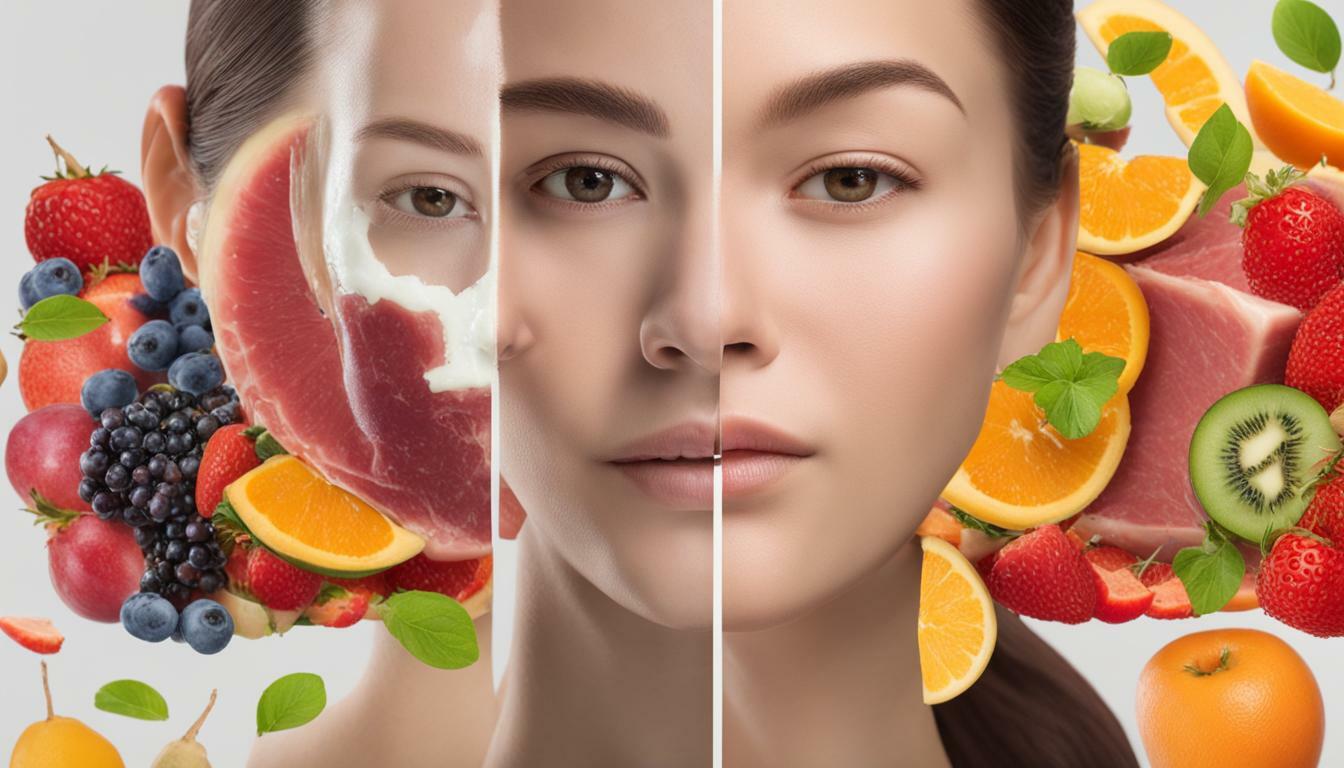You’ve probably heard of acne pads, those little wonders that promise to banish your breakouts and give you clear, glowing skin. But how exactly do they work their magic? In this article, we’ll uncover the secrets behind acne pads and reveal the science behind their effectiveness. From the powerful ingredients to the application process, we’ll walk you through everything you need to know about these skincare heroes. So say goodbye to pesky pimples and hello to a flawless complexion with the help of acne pads!

What are Acne Pads
Definition of Acne Pads
Acne pads, also known as acne treatment pads or acne cleansing pads, are skincare products designed to help treat and prevent acne breakouts. They typically come in the form of pre-soaked pads or wipes that are saturated with a solution containing active ingredients, such as salicylic acid or benzoyl peroxide. These pads are intended to be applied directly to the skin, targeting areas prone to acne.
Active Ingredients in Acne Pads
Acne pads contain various active ingredients that work together to combat acne. Some common active ingredients found in these pads include:
- Salicylic Acid: This beta hydroxy acid helps to exfoliate the skin, unclog pores, and reduce inflammation. Salicylic acid also helps to prevent the formation of new acne blemishes.
- Benzoyl Peroxide: Benzoyl peroxide is an effective ingredient for killing bacteria that can contribute to acne breakouts. It also helps to reduce excess oil production, keeping the skin clean and clear.
- Glycolic Acid: This alpha hydroxy acid exfoliates the skin, removing dead skin cells and promoting cellular turnover. It can help to improve the texture and tone of the skin, reducing the appearance of acne scars.
- Tea Tree Oil: Known for its antibacterial and anti-inflammatory properties, tea tree oil can help kill acne-causing bacteria and reduce redness and swelling associated with pimples.
- Witch Hazel: Witch hazel acts as an astringent, reducing oiliness and tightening the skin. It also has anti-inflammatory properties that can calm irritated skin.
These active ingredients work synergistically to address the underlying causes of acne and promote clearer, healthier skin.
Understanding Acne
Causes of Acne
Acne is a common skin condition that can be caused by a variety of factors. Some of the main causes of acne include:
- Excessive Oil Production: When the sebaceous glands produce an excessive amount of oil, it can clog the pores and lead to the formation of acne.
- Dead Skin Cells: Normal skin shedding can sometimes become problematic if dead skin cells accumulate and block the pores, trapping oil and bacteria underneath the surface.
- Bacteria: Propionibacterium acnes (P. acnes) is a type of bacteria that lives on the skin. When the bacteria multiply excessively, it can trigger an inflammatory response and result in acne breakouts.
- Hormonal Changes: Hormonal fluctuations, particularly during puberty, menstruation, or hormonal disorders, can stimulate the sebaceous glands and increase oil production, leading to acne.
Types of Acne
There are several types of acne, each presenting with different symptoms and severity:
- Whiteheads: These are non-inflammatory acne lesions that appear as small, white bumps on the surface of the skin. They occur when pores become clogged with oil and dead skin cells.
- Blackheads: Blackheads are similar to whiteheads, but their surface is exposed to air, resulting in oxidation and a dark appearance.
- Papules: Papules are small, raised red bumps that can be tender to the touch. They occur when there is inflammation and bacterial involvement in the clogged pores.
- Pustules: Pustules are similar to papules but have a visible white or yellow center filled with pus. They are often referred to as pimples.
- Nodules: Nodules are larger, more solid bumps that can be painful and deeply embedded beneath the skin. They can leave scars if not treated properly.
- Cysts: Cysts are the most severe form of acne and are characterized by deep, painful, pus-filled lesions that can lead to scarring. They require medical intervention for proper treatment.
How Acne Forms
Acne formation begins when the hair follicles, which are connected to oil glands, become clogged with oil and dead skin cells. This process can be influenced by factors such as excess oil production, hormonal changes, and the presence of bacteria. When the follicles are blocked, bacteria that naturally reside on the skin, such as P. acnes, can multiply rapidly within the clogged pores. As a result, the body’s immune system responds by triggering inflammation, leading to the formation of various types of acne lesions.
Mechanism of Action
Penetration of Active Ingredients
When acne pads are applied to the skin, the active ingredients penetrate the outermost layer of the skin, known as the stratum corneum. The absorption of these ingredients depends on their molecular size and properties. For instance, smaller molecules like salicylic acid can easily penetrate the skin, reaching the deeper layers, while larger molecules may have limited penetration. Once absorbed, the active ingredients can then target the underlying causes of acne, addressing excess oil production, inflammation, and bacterial overgrowth.
Clearing Excess Oil
One of the primary mechanisms by which acne pads work is by reducing excess oil production. Active ingredients such as salicylic acid and benzoyl peroxide help to regulate the sebaceous glands’ activity, preventing them from producing an excessive amount of sebum. By controlling oil production, acne pads can help prevent the clogging of pores and the subsequent formation of acne breakouts.
Exfoliating Dead Skin Cells
Acne pads containing exfoliating ingredients, such as salicylic acid and glycolic acid, help to remove dead skin cells from the surface of the skin. By exfoliating the skin, these pads prevent the accumulation of dead skin cells within the pores, reducing the likelihood of clogged pores and breakouts. Regular exfoliation also promotes cell turnover, revealing fresher, smoother skin with a reduced appearance of acne scars.
Killing Bacteria
Active ingredients like benzoyl peroxide and tea tree oil have powerful antimicrobial properties that help to kill acne-causing bacteria, such as P. acnes. By reducing the population of bacteria on the skin, acne pads can help to minimize the risk of bacterial infection in clogged pores, which is a common trigger for inflammatory acne.
Reducing Inflammation
Inflammatory acne, such as papules, pustules, and cysts, is characterized by redness, swelling, and tenderness. Acne pads that contain anti-inflammatory ingredients, such as salicylic acid, tea tree oil, and witch hazel, help to reduce this inflammation. By soothing the skin, these pads can alleviate discomfort and redness associated with acne breakouts.
Minimizing Pore Size
Some acne pads may also contain ingredients, such as witch hazel, that act as astringents. Astringents work by temporarily shrinking the size of the pores, making them appear smaller. This can help to minimize the accumulation of oil, bacteria, and dead skin cells within the pores, reducing the risk of clogged pores and acne formation.
Using Acne Pads
Preparation and Cleansing
Before using acne pads, it is important to prepare your skin properly to optimize their effectiveness. Start by thoroughly cleansing your face with a mild cleanser to remove any impurities, excess oil, and makeup. Gently pat your skin dry with a clean towel.
Proper Application Technique
To use acne pads effectively, follow these steps:
- Open the container of acne pads, ensuring that the pads are properly moistened with the solution.
- Take out a single pad, keeping the container tightly closed to prevent the other pads from drying out.
- Using gentle pressure, swipe the pad evenly over your face, focusing on areas prone to acne breakouts. You can also use the pad to target specific spots or blemishes.
- Avoid scrubbing or rubbing too harshly, as this can irritate the skin.
- Allow the solution from the pad to dry on your skin instead of rinsing it off.
- If using the pads as part of your nighttime skincare routine, follow up with a moisturizer suitable for acne-prone skin.
- If using the pads during the day, apply a broad-spectrum sunscreen with at least SPF 30 to protect your skin from harmful UV rays.
It is important to read and follow the specific instructions provided by the manufacturer for the acne pads you are using.

Benefits of Acne Pads
Convenience and Portability
One of the major advantages of acne pads is their convenience and portability. These pads come pre-soaked in a solution, eliminating the need to mix or measure any products. Their compact size makes them easy to carry in a bag or pocket, allowing you to use them on-the-go whenever needed.
Targeted Treatment
Acne pads offer targeted treatment for acne-prone areas of the skin. Since the pads are pre-saturated with the active ingredients, they ensure even distribution and direct application to the affected areas. This targeted approach helps to maximize the effectiveness of the active ingredients in treating acne breakouts.
Reduced Risk of Contamination
Traditional acne treatments, such as creams or gels in jars or tubes, can be prone to contamination. Acne pads, on the other hand, come in sealed containers that help maintain the integrity and effectiveness of the active ingredients. The individual pads also prevent cross-contamination, ensuring each use is hygienic and reducing the risk of introducing more bacteria onto the skin.
Suitable for Various Skin Types
Acne pads are available in different formulations, making them suitable for various skin types. Whether you have oily, combination, or sensitive skin, there are acne pads formulated to address your specific needs. It is important to choose a product that matches your skin type and concerns to achieve the best results without causing undue irritation or dryness.
Potential Side Effects
Skin Irritation
While acne pads are generally well-tolerated, some individuals may experience skin irritation, particularly if they have sensitive skin. Irritation can manifest as redness, itching, or a burning sensation. If you experience any discomfort after using acne pads, discontinue use and consult a healthcare professional.
Dryness and Peeling
Active ingredients, such as salicylic acid or benzoyl peroxide, can have a drying effect on the skin. This can lead to dryness, flakiness, or even peeling, especially if the pads are used too frequently or for an extended period. To minimize dryness, it is important to follow the recommended usage instructions, gradually introducing the pads into your skincare routine, and moisturizing the skin adequately.
Sensitivity to Sun
Some active ingredients found in acne pads, such as salicylic acid and glycolic acid, can increase the skin’s sensitivity to the sun. It is important to apply sunscreen daily, even on cloudy days, to protect your skin from harmful UV rays. Look for a broad-spectrum sunscreen with at least SPF 30 and reapply as directed.
Allergic Reactions
Individuals with known allergies or sensitivities to specific ingredients should carefully read the product labels of acne pads to avoid potential allergic reactions. If you have a history of allergic reactions to skincare products, patch testing or seeking professional advice from a dermatologist is recommended before using acne pads.

Choosing the Right Acne Pads
Identifying Skin Type
Determining your skin type is essential when selecting the right acne pads. Common skin types include oily, dry, combination, and sensitive. Understanding your skin type will help you choose a product that caters to its specific needs, ensuring optimal effectiveness without causing excessive dryness or irritation.
Considering Active Ingredients
Different active ingredients in acne pads offer various benefits and target specific causes of acne. Consider the specific concerns you have, such as excess oil production or inflammation, and choose acne pads that contain active ingredients that effectively address those concerns. If you are unsure, consulting a dermatologist can help you identify the most suitable active ingredients for your skin.
Reading Product Labels
Reading the product labels of acne pads allows you to gather important information about the product, such as the active ingredients, usage instructions, and potential side effects. Look for pads that are free of potential irritants, such as alcohol or fragrances, if you have sensitive skin. It is also beneficial to check for any additional beneficial ingredients, such as soothing agents or antioxidants.
Seeking Professional Advice
If you are unsure about which acne pads to choose or if you have persistent acne that is not improving with over-the-counter treatments, it is recommended to seek professional advice from a dermatologist. A dermatologist can evaluate your skin condition, recommend suitable acne treatments, and provide personalized guidance based on your specific needs.
Tips for Effectiveness
Consistency is Key
Consistently using acne pads as instructed is crucial for their effectiveness. Incorporate the pads into your skincare routine and use them regularly, following the recommended frequency. Results may take time, so it is important to be patient and consistent in your usage to allow the active ingredients to work effectively and continuously.
Avoid Overuse
While it may be tempting to use acne pads more frequently than recommended, this can potentially lead to increased dryness, irritation, or other adverse effects. Follow the instructions provided by the manufacturer and avoid overusing the pads. If you have any doubts or concerns, consult a healthcare professional for guidance.
Keep Skin Hydrated
Although acne pads can help to control excess oil production, it is important to maintain skin hydration. Look for non-comedogenic moisturizers that are suitable for acne-prone skin and apply them after using the pads. Keeping your skin hydrated can help prevent excessive dryness and irritation while maintaining a healthy skin barrier.
Follow a Skincare Routine
Acne pads should be incorporated into a comprehensive skincare routine to enhance their effectiveness. Cleansing the skin twice daily, using a gentle exfoliator occasionally, and applying a moisturizer can complement the effects of acne pads. Additionally, using non-comedogenic products and avoiding harsh skincare products can help maintain a balanced and healthy complexion.

Combining Acne Pads with Other Treatments
Using Acne Pads with Topical Creams or Gels
Acne pads can be used in conjunction with other topical treatments, such as creams or gels prescribed by a dermatologist. However, it is important to consult your dermatologist or healthcare professional before combining different acne treatments. They can provide guidance on how to incorporate acne pads into your existing skincare routine and prevent any potential interactions or adverse effects.
Incorporating Oral Medications
For severe or stubborn cases of acne, oral medications may be prescribed by a dermatologist. Acne pads can be used alongside these oral medications to provide additional targeted treatment. However, the usage of oral medications should always be under the guidance and supervision of a healthcare professional.
Consulting a Dermatologist
If your acne does not improve with over-the-counter treatments, it is advisable to consult a dermatologist for a comprehensive evaluation and customized treatment plan. A dermatologist can prescribe stronger medications, provide professional-grade treatments, and monitor your progress to help you achieve clearer, healthier skin.
When to Expect Results
Timeframe for Visible Improvements
The time it takes to see visible improvements from using acne pads can vary from person to person. Some individuals may start noticing a reduction in acne breakouts within a few weeks, while others may take longer to see significant results. Consistent use of acne pads over an extended period is key to achieving and maintaining clearer skin. It is important to be patient and allow time for the active ingredients to address the underlying causes of acne.
Factors Affecting Speed of Results
Several factors can influence the speed and effectiveness of acne pad treatment:
- Severity of Acne: The severity of your acne can impact how quickly you see improvements. Mild acne may respond more quickly to treatment compared to moderate to severe acne.
- Skin Type: Different skin types may react differently to acne pads. Some individuals may see results more quickly than others based on their skin’s unique characteristics and needs.
- Compliance and Consistency: Consistent and regular use of acne pads is essential for optimal results. Following the recommended usage instructions and incorporating them into your skincare routine can help maximize their effectiveness.
- Underlying Factors: In certain cases, acne may be influenced by underlying factors such as hormonal imbalances or other medical conditions. These factors may require additional treatment or a combination of different approaches to achieve desired results.
Remember, everyone’s skin is unique, and individual results may vary. Monitoring your progress and consulting with a healthcare professional or dermatologist can help you track your acne treatment journey and make any necessary adjustments to achieve the best possible outcomes.





